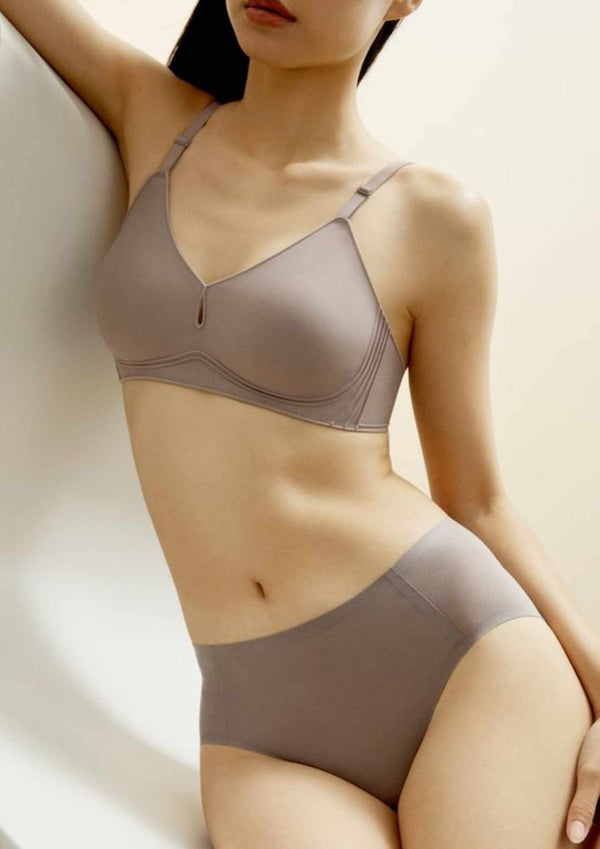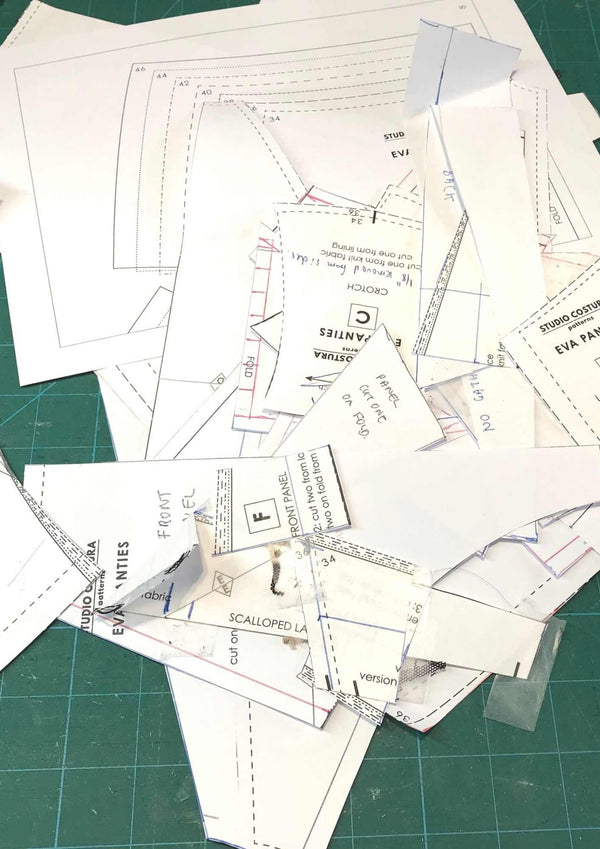BRA DESIGN

Introduction: Bras are an essential part of a woman's wardrobe, providing comfort, support, and confidence. While their purpose remains constant, the art and science of bra design have evolved over time to cater to diverse body types and meet the ever-changing demands of fashion. In this blog post, we will delve into the fascinating world of bra design, exploring the intricacies behind creating undergarments that balance comfort, functionality, and style.
- Understanding Body Mechanics: The foundation of bra design lies in understanding the mechanics of the human body, particularly the breasts. Bra designers consider factors such as breast shape, size, density, and natural movement patterns to create supportive structures that enhance comfort and minimize strain. A deep understanding of anatomy and physiology is crucial in developing bras that work harmoniously with the body.
- Supportive Structures: Bras employ a variety of supportive structures to lift and shape the breasts. Underwire bras, for example, utilize a wire framework beneath the cups to provide additional support and shape. Wireless bras, on the other hand, rely on strategically placed panels and specialized fabrics to deliver support without the use of wires. Each design choice serves a specific purpose and caters to different preferences and body types.
- Fabric Selection: The choice of fabric plays a vital role in both comfort and style. Soft and breathable materials, such as cotton, microfiber, and stretch lace, are often used to create a comfortable and non-irritating experience. Fabrics with moisture-wicking properties help keep the skin dry, while seamless designs reduce friction and create a smooth silhouette. Additionally, designers consider aesthetics, incorporating luxurious textiles, intricate lace patterns, and vibrant colors to enhance the visual appeal of the bra.
- Strap and Band Design: The design of bra straps and bands is crucial in providing proper support and weight distribution. Adjustable straps allow for personalized fit, while wider bands help distribute the weight of the breasts more evenly, reducing strain on the shoulders. Innovative strap and band designs, such as convertible straps and racerback options, offer versatility and adaptability to different outfits and body types.
- Closure Systems: The closure system, usually located at the back of the bra, is another important aspect of design. Hook-and-eye closures offer adjustability and allow for variations in band tightness. Some bras feature front closures for convenience, while others utilize innovative closure systems like magnetic or Velcro fastenings for ease of use. The choice of closure system depends on factors such as functionality, comfort, and aesthetic preferences.
- Specialized Designs: Bra design has also evolved to cater to specific needs and occasions. Sports bras, for instance, are engineered to provide maximum support and minimize breast movement during physical activities. Maternity bras offer comfort and ease of nursing, incorporating features like drop-down cups and stretchy fabrics. Post-surgery bras are designed with gentle support and additional features like pockets for prostheses. These specialized designs highlight the adaptability of bra design to cater to individual requirements.
Conclusion: The art and science of bra design blend fashion, comfort, and functionality to create undergarments that provide support and enhance confidence. From the meticulous selection of fabrics and support structures to the intricate details of straps and closures, each element is carefully considered to achieve the perfect balance. As bra design continues to evolve, it adapts to diverse body types, caters to specific needs, and empowers individuals with comfortable and stylish undergarments that embrace the beauty and uniqueness of every woman.
Link :-
https://www.amazon.in/stores/page/68715BF9-E3DE-455D-8FF3-7F36BEC421FE?ingress=3



